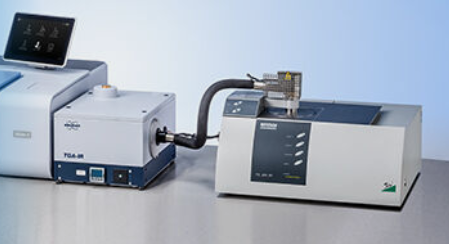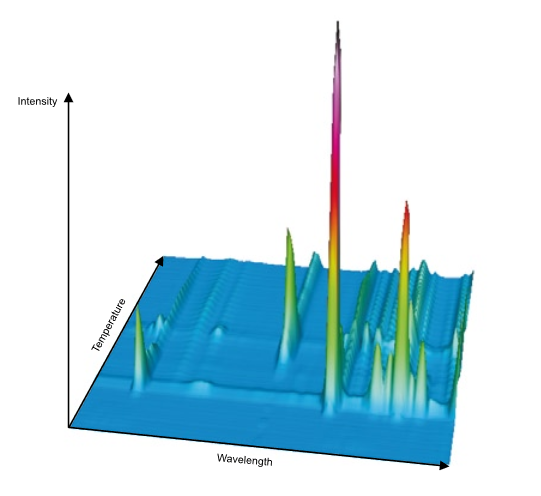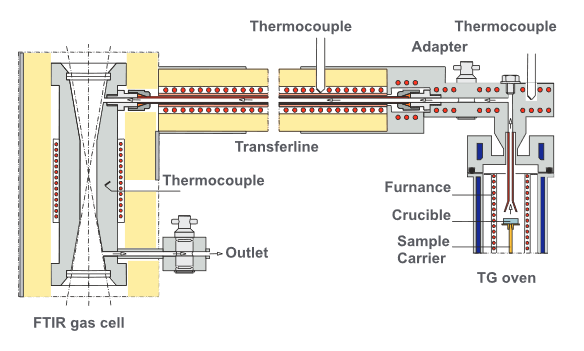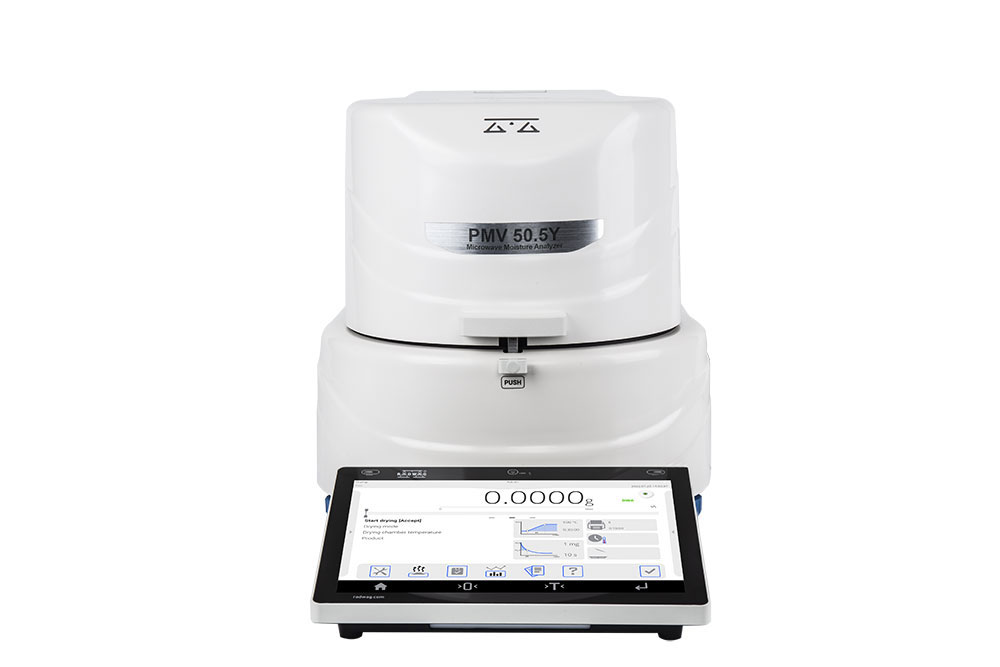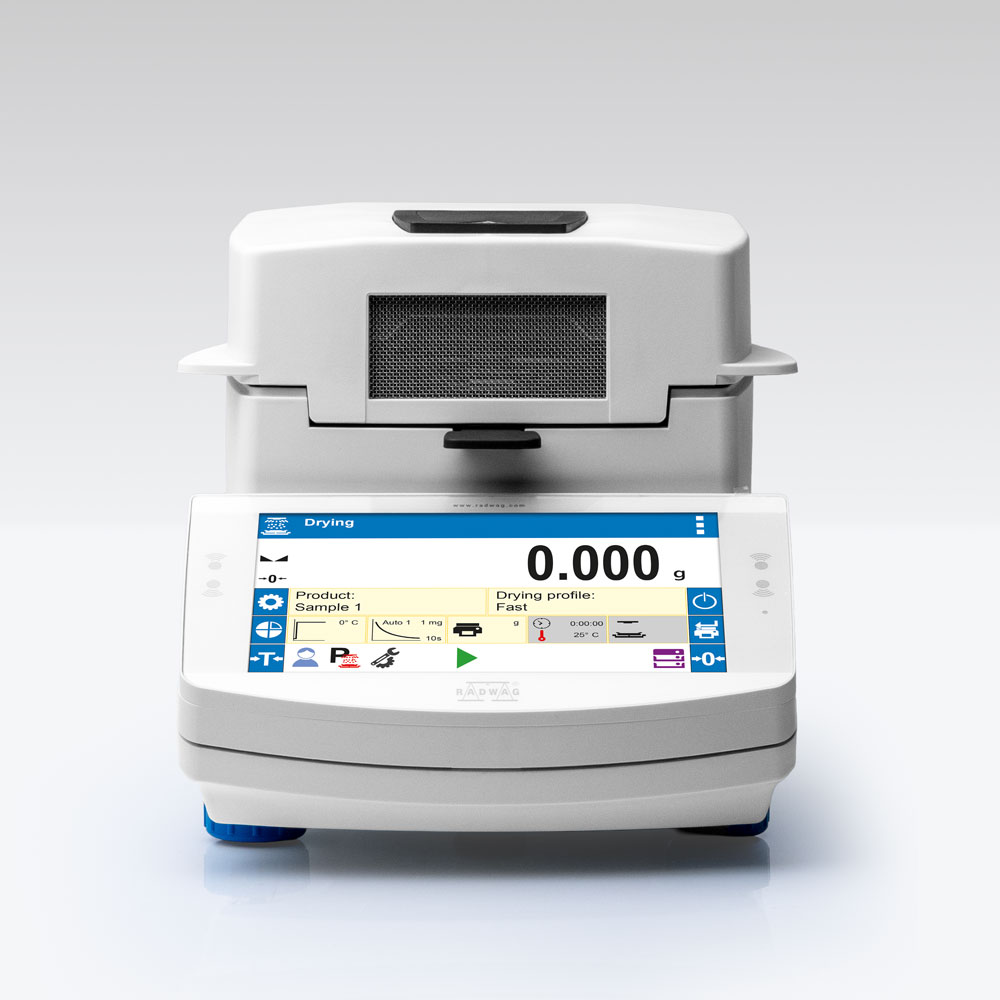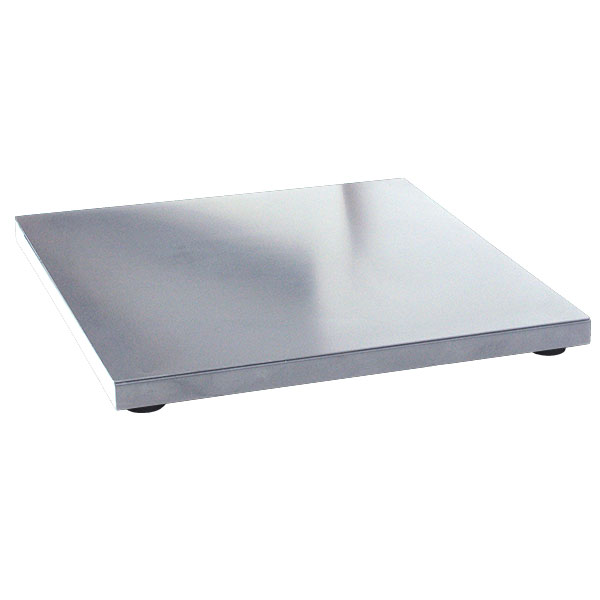Kirjeldus
- Easy-to-use, powerful, integrated software
- Optimized low volume design
- Vacuum compatible to remove oxygen, eliminate carryover and lowering boiling points
- Easy maintenance of gas cell and transfer line
- Optional 64 position automatic sample changer
Netzsch Thermal Analysis and Bruker Optics offer the inte-grated TG-FT-IR coupled system.
Thermogravimetric analysis (TG) follows changes in mass of the sample as a function of temperature and/or time. TG gives characteristic information about the composition of the measured sample, in particular the amounts of the vari-ous components and their thermal behavior. In addition, further measurements are possible such as kinetic analysis of thermal decomposition. An identification of gases released directly from the sample or during thermal treatment cannot be performed just by thermal analysis. For this purpose, coupling a spectroscopic method such as Fourier-Trans-form-Infrared (FT-IR) spectroscopy is an excellent solution. IR spectroscopy is a classical technique, which depends upon the interaction of infrared radiation with the vibrating dipole moments of molecules. It gives, with the exception of homonuclear diatomics and noble gases, a characteristic spectrum for each substance.
A NETZSCH thermobalance (TG) is the general basis for couplings. The evolution of volatiles during a heating program is measured by corresponding weight changes down to a levelof 0.01% of the sample weight. A purge gas flow carries the volatiles through a short heated transfer line to the gas cell of a BRUKER Fourier-Transform Infrared (FTIR) Spectrometer. All gases with a changing dipole moment are identified by their typical absorption spectrum and complex gas mixtures can be spectroscopically separated.
